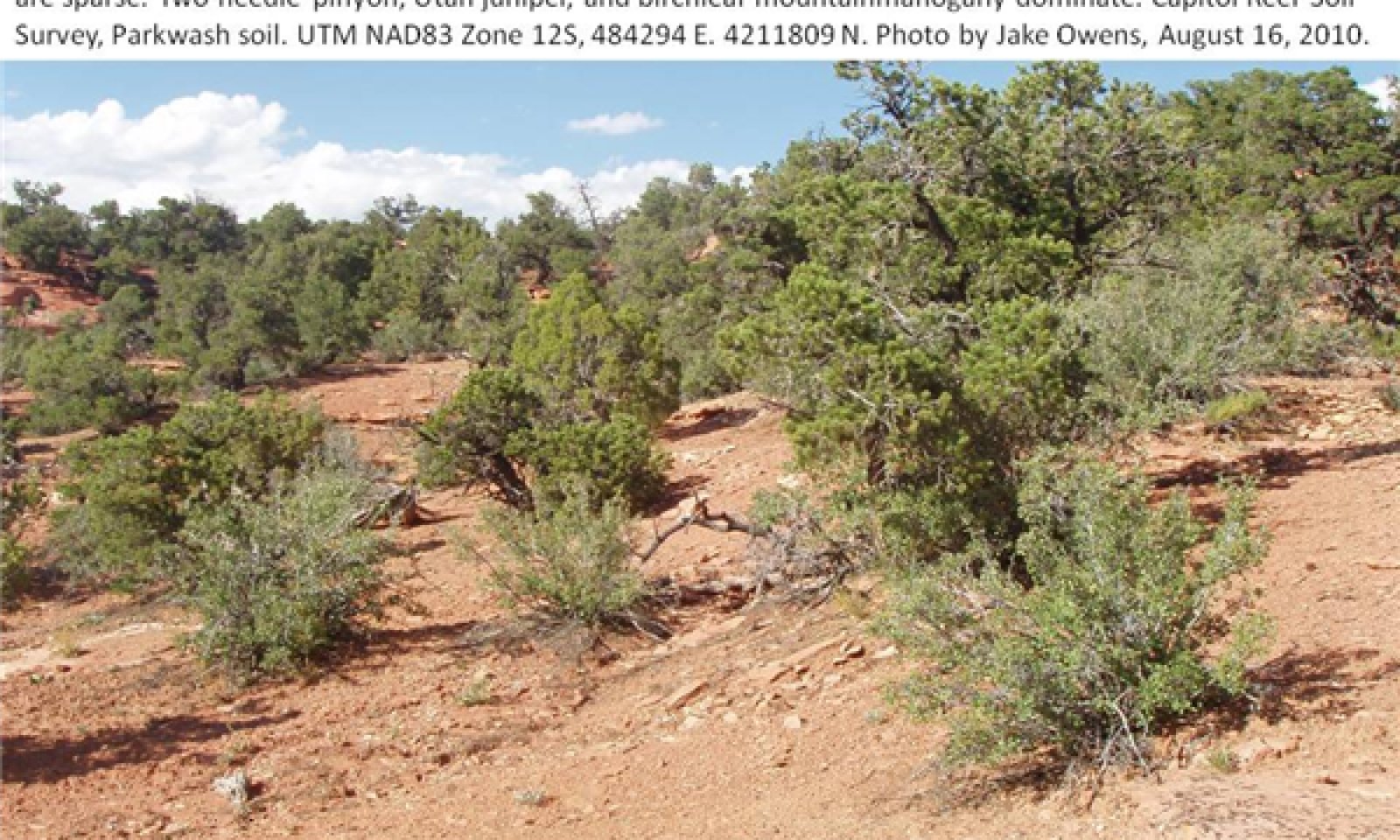
Upland Shallow Sand (Pinyon-Utah Juniper)
Scenario model
Current ecosystem state
Select a state
Management practices/drivers
Select a transition or restoration pathway
- Transition T1 More details
-
No transition or restoration pathway between the selected states has been described
Target ecosystem state
Select a state
Description
This state includes the biotic communities that become established on the ecological site if all successional sequences are completed under the natural disturbance regimes. The reference state is generally dominated by twoneedle pinyon and Utah juniper, however depending on disturbance history, native grasses, forbs, or other shrubs may occupy significant composition in the plant community. Typically, in the reference state this site is self sustainable; however once invasive plants establish, return to this community may not be possible. Study of relict areas and Capitol Reef National Park were used to develop the reference state concepts.
Reference State: Twoneedle pinyon and Utah juniper woodland
Indicators: A community dominated by twoneedle pinyon and Utah juniper, where shrubs, and native perennial grasses and forb production is variable.
Feedbacks: Disturbances that may allow for the establishment of invasive species.
At-risk Community Phase: this community is at risk when native plants are stressed and nutrients become available for invasive plants to establish.
Trigger: The establishment of invasive plant species.
Submodel
Description
The current potential state is similar to the reference state in community structure and ecological function, however invasive species are present. This state is generally dominated by twoneedle pinyon and Utah juniper, with mahogany and/or manzanita abundant in the understory. Due to lack of disturbed areas, the community responses to such disturbances are not documented and are not currently included in the state and transition model. The current potential state is still self sustaining, but has reduced resillience due to the presence of non-native invasive species.
Current Potential State: Twoneedle pinyon and Utah juniper woodland
Indicators: A community dominated by twoneedle pinyon and Utah juniper, where non-native invasive species are present.
Feedbacks: Disturbances that may allow for the establishment of invasive species.
Submodel
Model keys
Briefcase
Add ecological sites and Major Land Resource Areas to your briefcase by clicking on the briefcase (![]() ) icon wherever it occurs. Drag and drop items to reorder. Cookies are used to store briefcase items between browsing sessions. Because of this, the number of items that can be added to your briefcase is limited, and briefcase items added on one device and browser cannot be accessed from another device or browser. Users who do not wish to place cookies on their devices should not use the briefcase tool. Briefcase cookies serve no other purpose than described here and are deleted whenever browsing history is cleared.
) icon wherever it occurs. Drag and drop items to reorder. Cookies are used to store briefcase items between browsing sessions. Because of this, the number of items that can be added to your briefcase is limited, and briefcase items added on one device and browser cannot be accessed from another device or browser. Users who do not wish to place cookies on their devices should not use the briefcase tool. Briefcase cookies serve no other purpose than described here and are deleted whenever browsing history is cleared.
Ecological sites
Major Land Resource Areas
The Ecosystem Dynamics Interpretive Tool is an information system framework developed by the USDA-ARS Jornada Experimental Range, USDA Natural Resources Conservation Service, and New Mexico State University.
